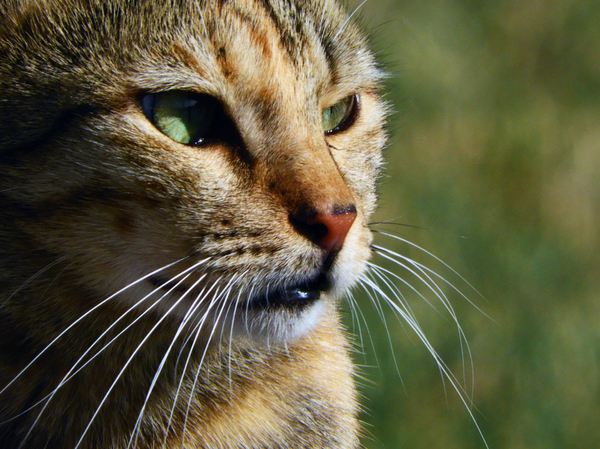Picking the very best Cat Litter for Your Feline Friend
Picking the very best Cat Litter for Your Feline Friend
Blog Article

Cat litter and litter boxes play a pivotal role in the lives of both felines and their owners. From the humble beginnings of sand and soil to the innovative developments these days, the world of cat litter has actually progressed substantially. In this comprehensive guide, we explore every aspect of cat litter and litter boxes, exploring their history, types, benefits, difficulties, and whatever in between.
The history of cat litter go back centuries, with ancient civilizations utilizing sand, soil, and even ashes as primitive litter products. Nevertheless, it wasn't up until the mid-20th century that contemporary cat litter as we understand it emerged. In 1947, Edward copyright presented the world's very first industrial cat litter made from absorbent clay, reinventing the method felines relieved themselves inside. Given that then, cat litter has actually gone through various improvements, with the intro of clumping litter, silica gel litter, naturally degradable choices, and more.
Today, feline owners are spoiled for choice when it comes to selecting the ideal litter for their feline buddies. Standard clay litter stays popular for its affordability and effectiveness in absorbing smells. Clumping litter, which forms strong clumps when wet, streamlines cleaning and maintenance. Silica gel litter, composed of extremely absorbent silica crystals, uses exceptional odor control and longevity. Biodegradable alternatives, such as recycled paper, wood pellets, corn, and wheat, interest ecologically conscious consumers.
Each kind of cat litter uses distinct advantages. Clay litter masters its capability to take in moisture and control smells, making it a trusted option for numerous cat owners. Clumping litter streamlines day-to-day scooping and extends the time between complete litter modifications. Silica gel litter offers exceptional smell control and can last longer in between replacements. Biodegradable litters offer a sustainable option that lessens ecological impact.
While cat litter boosts indoor feline hygiene, it is not without its challenges. Dust from clay litter can posture breathing risks for both felines and people, automatic cat litter box triggering the popularity of dust-free options. Some cats may establish litter box aversion due to concerns with texture, fragrance, or tidiness, requiring experimentation with different litters and box setups. Multi-cat households might need strategic litter box positioning and frequent upkeep to prevent territorial disagreements and guarantee all felines have access to clean centers.
Selecting the proper litter box is important for promoting favorable litter box practices and total feline well-being. Aspects to consider consist of size, ease of access, and style preferences. Covered litter boxes offer personal privacy and help consist of odors, however some cats may discover them confining or frightening. Open-top litter boxes use easy access and presence however may lead to more litter scatter. Automatic self-cleaning litter boxes streamline upkeep however require regular tracking and upkeep.
Appropriate litter box upkeep is essential for making sure a clean and inviting environment for both felines and their owners. Daily scooping removes waste without delay, reducing smell and preventing litter box aversion. Routine litter replacement, normally every 1-2 weeks, Grass Seed Cat Litter prevents bacterial accumulation and maintains optimal absorbency. Comprehensive cleansing with mild detergent and water, preventing extreme chemicals that may discourage felines from utilizing the box, need to be carried out monthly.
Cat litter and cat litter tray litter boxes play a central role in promoting a healthy and unified relationship between felines and their human buddies. With a varied array of litter choices and litter box styles readily available, feline owners have the flexibility to tailor their choices to fit their felines' choices and family needs. By understanding the development, types, advantages, and obstacles of cat litter and litter boxes, pet owners can provide their feline buddies with a comfortable and sanitary indoor environment.